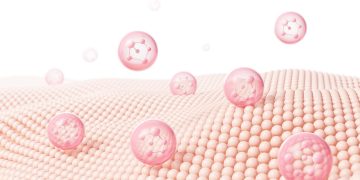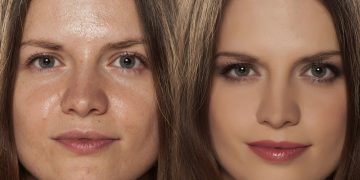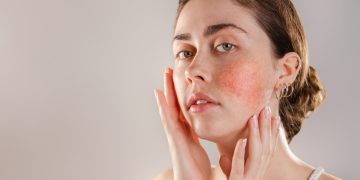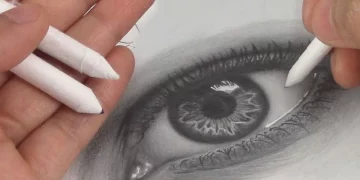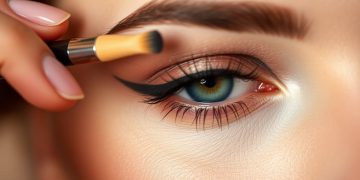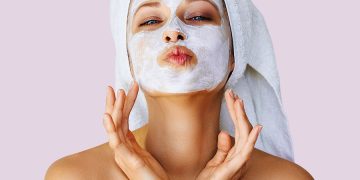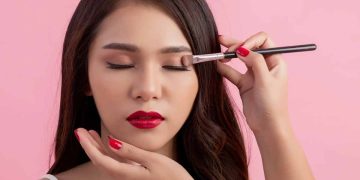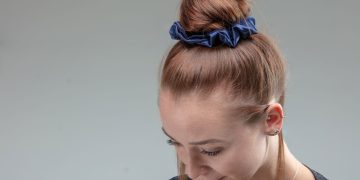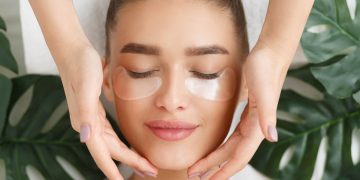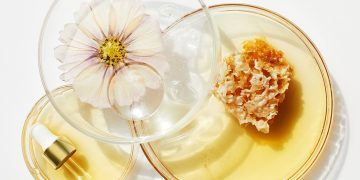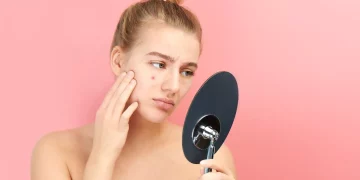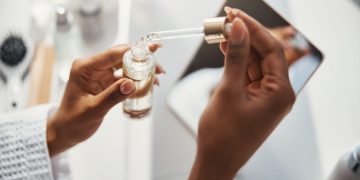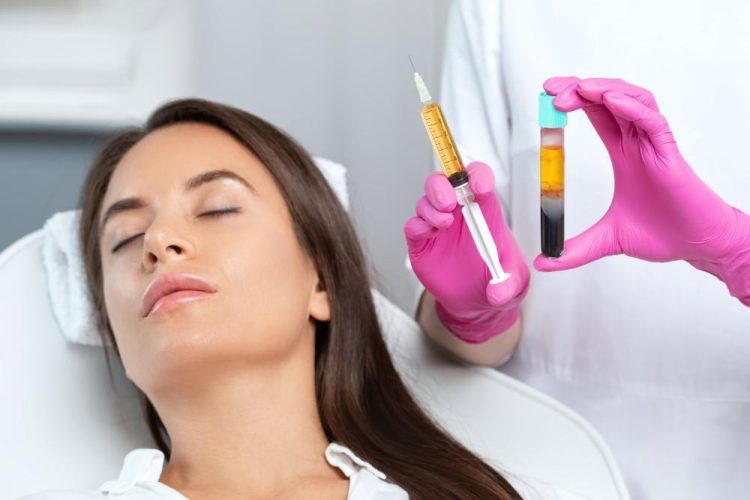Platelet-Rich Plasma (PRP) therapy has recently become a popular treatment option for skin rejuvenation, offering a natural and non-invasive way to address various skin concerns. Derived from your own blood, PRP uses the power of platelets and growth factors to promote healing and rejuvenation in the skin, stimulating collagen production and enhancing skin texture. However, like any cosmetic procedure, it’s essential to understand the treatment process, potential benefits, risks, and suitability for your skin type. In this article, we’ll explore everything you need to know before deciding if PRP therapy is right for you.
Introduction: What is PRP Therapy?
PRP, or Platelet-Rich Plasma, is a therapeutic treatment that involves using a person’s own blood to promote healing and rejuvenation. The process begins by drawing a small amount of blood from the patient, typically from the arm. The blood is then placed in a centrifuge, where it is spun at high speeds to separate the different components of the blood. This separation results in a concentration of platelets, white blood cells, and plasma, known as PRP.
The PRP is then injected into specific areas of the skin that require rejuvenation. The concentrated platelets and growth factors in the PRP stimulate the body’s natural healing processes, including collagen and elastin production, which helps to improve skin texture, reduce fine lines, and address other skin imperfections. PRP therapy is often referred to as the “vampire facial,” a term made famous by celebrities, due to its use of the patient’s own blood for skin enhancement.
How It Works: Platelet-Rich Plasma Extraction and Injection
PRP therapy works through the principles of regenerative medicine. The treatment capitalizes on the body’s natural ability to heal itself. Here’s a breakdown of the process:
- Blood Draw: A small amount of blood is drawn from your arm, typically about 10 to 20 milliliters, which is a similar volume to what is drawn for routine blood tests.
- Centrifugation: The drawn blood is placed into a centrifuge, where it is spun at high speeds. This process separates the blood into its different components: red blood cells, white blood cells, platelets, and plasma.
- Platelet-Rich Plasma Extraction: Once the blood is separated, the platelet-rich plasma is extracted. This plasma is the component that contains a high concentration of platelets, which are rich in growth factors that aid in healing and regeneration.
- Injection: The PRP is then injected into the targeted areas of your skin. The injection process is relatively quick and is typically done after applying a topical numbing cream to minimize any discomfort. The PRP works by stimulating collagen and elastin production in the skin, leading to smoother, more youthful skin over time.
The entire process usually takes about 45 minutes to an hour, depending on the number of areas being treated.

Benefits: Skin Rejuvenation, Collagen Production
PRP therapy offers several benefits, especially for individuals looking for non-surgical options to address common skin concerns. Here are some of the key benefits of PRP therapy:
- Collagen Stimulation: One of the primary benefits of PRP therapy is its ability to stimulate collagen production. Collagen is a protein that gives skin its structure and elasticity. As we age, collagen production naturally decreases, leading to the formation of fine lines, wrinkles, and sagging skin. PRP encourages the body to produce more collagen, leading to firmer, more youthful skin.
- Improved Skin Texture: PRP therapy helps improve the overall texture of the skin by promoting cell turnover. This can result in smoother skin, reduced roughness, and a more even skin tone.
- Reduction of Fine Lines and Wrinkles: By stimulating collagen and elastin production, PRP can help reduce the appearance of fine lines and wrinkles, particularly around the eyes, mouth, and forehead.
- Treatment of Acne Scars: PRP is often used to treat acne scars. The growth factors in PRP help regenerate skin cells, which can help smooth out the appearance of acne scars and reduce their visibility.
- Skin Brightening: PRP therapy can help reduce hyperpigmentation, including dark spots and sun damage, by promoting healthy cell turnover and enhancing the skin’s natural radiance.
- Minimal Downtime: One of the advantages of PRP therapy is that it is a non-surgical procedure with minimal downtime. While there may be some redness and swelling immediately after the treatment, most patients can resume their normal activities within a day or two.
Suitable Candidates: Best for Individuals with Aging or Acne Scars
PRP therapy is suitable for a wide range of individuals, particularly those seeking non-invasive treatments for skin rejuvenation. Here are some of the best candidates for PRP therapy:
- Aging Skin: As we age, the skin loses elasticity, and fine lines and wrinkles start to appear. PRP therapy can be an excellent option for individuals looking to reverse the visible signs of aging and restore a youthful glow. It is particularly effective for individuals with mild to moderate signs of aging, such as crow’s feet, smile lines, and nasolabial folds.
- Acne Scars: PRP therapy has been shown to help improve the appearance of acne scars, especially when combined with microneedling. The collagen-stimulating properties of PRP can help reduce the appearance of both shallow and deep acne scars, making it a popular choice for those with post-acne scarring.
- Sun Damage: Individuals with sun damage or uneven skin tone may benefit from PRP therapy. The regenerative effects of PRP can help reduce the appearance of sunspots, freckles, and other forms of pigmentation, leading to a more even skin tone.
- Individuals Seeking Natural Rejuvenation: One of the main draws of PRP therapy is that it uses the patient’s own blood to promote healing and rejuvenation, making it an excellent option for those seeking a natural, non-surgical solution to skin aging and other concerns.
While PRP therapy is generally safe for most individuals, it may not be suitable for people with certain health conditions, such as blood disorders or active skin infections. A consultation with a licensed practitioner is essential to determine if you are a suitable candidate for the treatment.
Risks: Infection, Bruising
Like any medical procedure, PRP therapy comes with certain risks. Although it is generally considered safe, there are potential complications that patients should be aware of:
- Infection: Since the treatment involves injections, there is a small risk of infection at the injection site. It is important to ensure that the procedure is performed in a sterile environment by a qualified medical professional to minimize this risk.
- Bruising and Swelling: Some patients may experience bruising and swelling at the injection sites, although these side effects are usually temporary. Bruising can vary in severity and may take several days to resolve.
- Pain and Discomfort: While PRP therapy is generally well-tolerated, some individuals may experience mild pain or discomfort during and after the procedure. Numbing creams or local anesthesia can be used to minimize discomfort during the treatment.
- Uneven Results: In some cases, patients may experience uneven results or require additional sessions to achieve the desired outcome. This is particularly true for patients with more significant skin concerns, such as deep acne scars or advanced signs of aging.
- Not Immediate Results: While PRP can improve skin texture and tone over time, the results are not instant. It typically takes a few weeks to begin seeing improvements as collagen production is stimulated and the skin undergoes a regeneration process.
Conclusion: Should You Consider PRP for Your Skin?
PRP therapy offers a promising solution for individuals looking for a non-invasive way to rejuvenate their skin. With its ability to stimulate collagen production, reduce fine lines and wrinkles, improve skin texture, and treat acne scars, PRP can provide noticeable improvements with minimal downtime. However, it is important to understand that results vary, and the procedure may not be suitable for everyone.
Before deciding to undergo PRP therapy, it is crucial to consult with a qualified practitioner to determine if you are a good candidate for the treatment. If you are looking for a natural, safe, and effective way to enhance your skin’s appearance, PRP therapy could be a great option to consider for revitalizing your skin.

